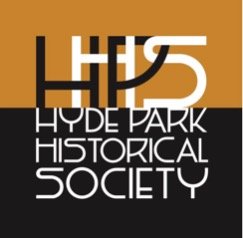Roses at the Columbian Exposition
The Columbian Exposition opened in Chicago, May 1, 1893.
This was the first World's Fair held in the United States where gardening, horticulture and the florist industry had a prominent part.
John Thorpe was in charge of the flower displays. He challenged the Americans to show that they could produce equal or better quality than the foreigners. "It was to be the greatest aggregation of beauty, that has ever been seen in the United States," he said. Indoor exhibits would cover about 61/2 acres, and 17 acres were to be devoted to outdoor gardens.
Planting the rose garden began a year before the fair opened. Since cold storage was not available, some of the stock, shipped in from California was completely buried until it could be planted. Thirty men were on hand working with wagons, wheelbarrows, spades, etc. to plant the roses.
In June, 1893, the rose garden was in full bloom and apparently filled those who saw it with ecstasy. One reporter wrote: "One standing in this beautiful bower of roses could imagine himself in the famed Vale of Cashmere.
To be there in early morning when dew glistens on the
rose's cheeks, like diamonds on a queen at a ball, is enough to bring forth from the most indifferent breast, an exclamation of pleasure."
The rose garden covered about an acre and was said to have been planted in a very attractive design. Many other plants were used with the roses. Honeysuckles were planted around the edge of all the rose beds. One gentleman wrote that honeysuckles and roses were "chum flowers" and, in addition to providing a profusion of contrasting bloom, the honeysuckles would shade the roses from the scorching sun. Mr. Thorpe collected Phlox bifida from nearby fields and planted it around the rose beds so that it appeared "like delicate lace on a rose embroidered pillow."
The growth and bloom quality were apparently so fine that one florist shop owner was said to have "cast wicked glances" while visiting the garden. The plants from California outdid all others. They had been budded on a wild rose from China instead of the usual Mancetti used for greenhouse roses.
Very little can be seen today of where the Exposition was located on the south side of Chicago. A few buildings were retained, and one of the most prominent is now the Museum of Science. Some of the land, perhaps where the rose garden was located, is now Jackson Park.
-American Rose Society, October, 1990



